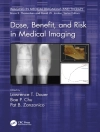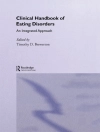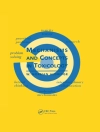Narcolepsy is a clinical syndrome defined by four symptoms: a compliant excessive sleepiness, a sudden bilateral loss of postural muscle tone, sleep paralysis and hypnagogic hallucinations. When cataplexy is predominant, narcolepsy can be misdiagnosed as syncope or drop attacks. The authors of this book discuss how to correctly diagnosis narcolepsy and how to avoid certain pitfalls which would lead to erroneous treatments due to the misdiagnosis. Moreover, this book examines the role exerted by obesity in the pathophysiological mechanisms of narcolepsy. This book underlines the importance of body weight as a factor influencing the narcolepsy, indicating also the possible therapeutic strategies by modifications of eating behavior. In addition, modafinil is a mild, wake-promoting stimulant that is pharmacologically distinct from other central nervous system stimulants. This book provides an overview of modafinil’s effects on human and animal behavior and in the brain. Other chapters assess narcolepsy in children, the influences of orexin A in the pathophysiological mechanisms of narcolepsy and the prevalence of periodic leg movements (PLM) in people who suffer from narcolepsy.
Guillermo Santos & Lautar Villalba
Narcolepsy [PDF ebook]
Symptoms, Causes and Diagnosis
Narcolepsy [PDF ebook]
Symptoms, Causes and Diagnosis
¡Compre este libro electrónico y obtenga 1 más GRATIS!
Formato PDF ● Páginas 159 ● ISBN 9781614703396 ● Editor Guillermo Santos & Lautar Villalba ● Editorial Nova Science Publishers ● Publicado 2016 ● Descargable 3 veces ● Divisa EUR ● ID 7219056 ● Protección de copia Adobe DRM
Requiere lector de ebook con capacidad DRM












